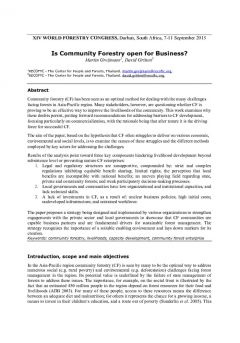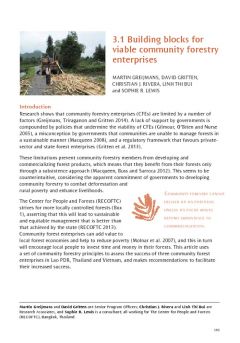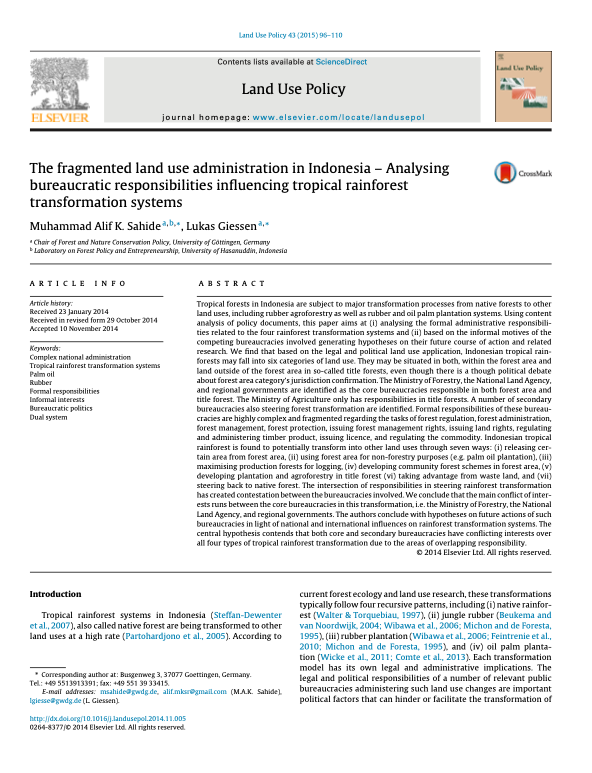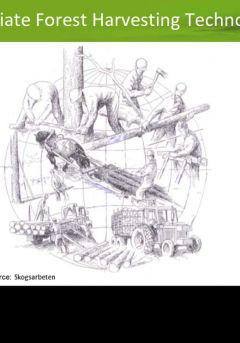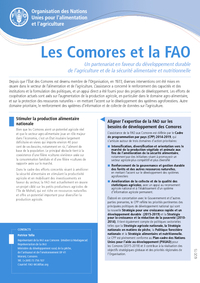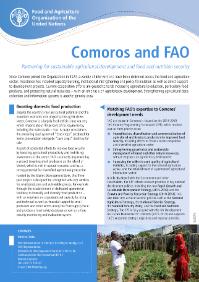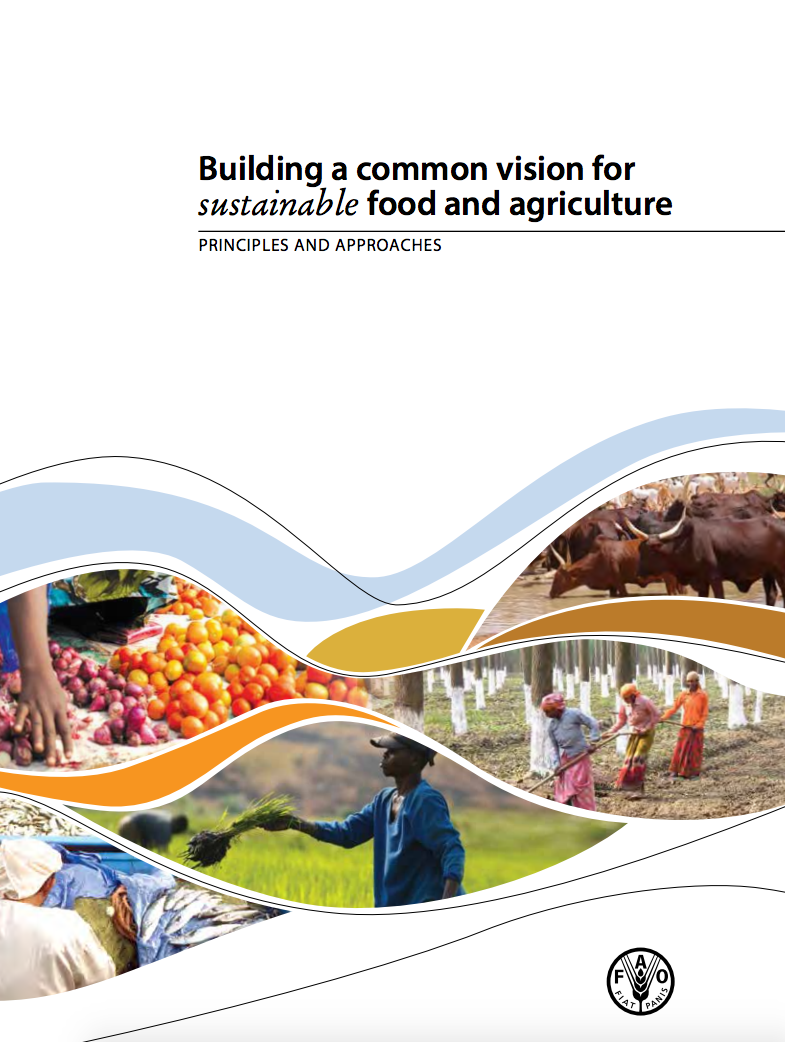Effective Forest and Farm Producer Organizations
There is a growing consensus that producer organizations are critically important for the sustainable use of natural resources. Representing the collective voices of farmers and forest-dependent people, indigenous groups and rural communities, producer organizations provide essential services to their members and are the building blocks of local democracy. Formal or informal, effective producer organizations identify and agree upon the means to manage their natural resources.



